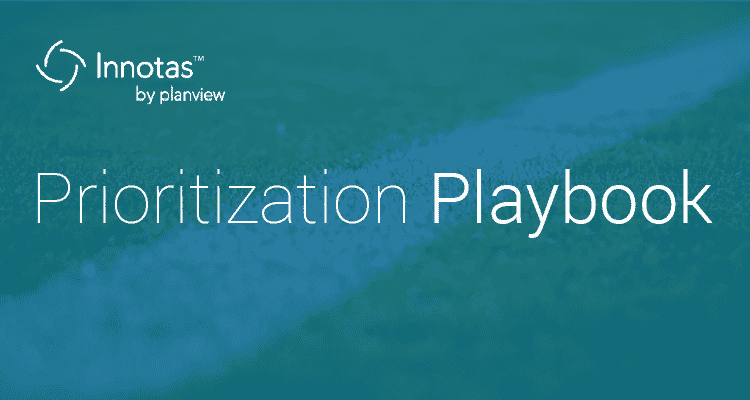
Thanksgiving is about more than just football and turkey, but since that is what’s top of mind this time of year let’s keep that in mind as you prioritize your projects for next year. Prioritization of projects is an essential part of PMO value contribution. Unless your PMO has more resources than it knows what to do with, you likely have a higher demand than resources to complete them all. Prioritizing these requests requires a large amount of practice and precision to get it right. Project prioritization can be tricky, but just as football plays need to be practiced and perfected, the prioritization method needs to be battle tested and modified to improve. Use this playbook as a guide to create a scoring method for prioritizing your projects.
1. Team Talk
Because prioritization is the 2nd biggest challenge for PMOs today,1 getting the team aligned and agreed on what the basis of the scoring model will be can be a tough first step. Start by:
- Deciding on the current level of scoring, and the next level. This can be anywhere from:
- No Scoring: First in, first out
- Range: High, medium, low priority projects
- Weighted Average: Value based scoring
- Resource Optimized: Scoring based on maximum value projects given constraints
- Identify stakeholders and gain executive support
- Establish business goals to drive project selection
2. Huddle
Just because almost half of PMOs don’t score projects,1 that doesn’t mean yours has to be one of them. Get the right players in the room to:
- Create a game plan
- Remove political biased agendas or emotion driven biases. Use objective criteria such as:
- Alignment with the business
- Impact to current processes
- Technical support needed
- Risk associated with initiative
- ROI – both financial and business impact
- Determine the demand of requests and the capacity to deliver based on constraints
3. Hike
Leaders see a 30% increase in project success rate when scoring is implemented,2 so game on! Ensure visibility by sharing the plan with key players and begin to:
- Asses risk and ROI associated with projects
- Establish project dependencies
- Benchmark where the organization is before changes to the scoring model to ensure it heads in the right direction
4. Pass
Account for changes in the portfolio plan along the way. While it wouldn’t be beneficial to overhaul the plan before it is executed, a degree of agility will benefit the entire organization. Afterall, 75% of organizations that remain agile meet their goals or business intent.2
- Read the defense: Change scoring criteria as needed based on changing demand
- Find the open players: Adjust for resource changes
- Avoid the tackle by staying agile
- Monitor the clock: keep projects in check and avoid scope creep
5. Rush
Keep moving toward the endzone. This means that even as changes come up, keep the end goal in mind and make sure that what is amended truly is what is best for the business. Alignment is critical. Organizations that align their PMO to strategy report 27% more projects completed successfully and 42% fewer projects with scope creep,3 in case you needed more justification.
- As you add new projects keep the goal in mind – Don’t add projects that are not aligned with overal strategic goals
- Monitor and re-plan as often as needed to get to the next first down
- Make minor changes to the scoring criteria as needed
6. Touchdown
Once you have implemented and perfected your scoring model, you are on your way to maturing the organization and delivering better results. A few items to keep in mind as you close the scoring loop are:
- Celebrate! Be sure to communicate the successes to the team and the results of the efforts
- Communicate the results with stakeholders and garner feedback
- Watch the tapes: use what you learned to keep maturing your prioritization model to fit your needs
We know creating a scoring model requires a deep amount of persuasion and finesse, but getting started is sometimes the hardest part. Hopefully this guide gives you a high level understanding of how scoring can benefit the organization and give the PMO a bit more reason to give (and get) thanks this holiday season.
Check out our Project Prioritization Playbook.
References:
1. The Project and Portfolio Management Landscape Report, 2016
2. PMI Pulse of the Professions: Capturing the Value of Project Management, 2015
3. PMI Pulse of the Profession: The High Cost of Low Performance, 2016




